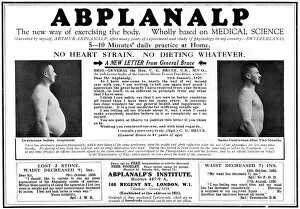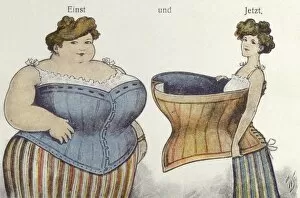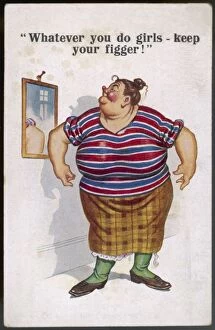Slimming Collection (#4)
"Unlocking the Secrets of Slimming: A Journey through Time" In the 1930s UK, amidst the pages of The Magnet and Billy Bunter out of reach
For sale as Licensed Images
Choose your image, Select your licence and Download the media
"Unlocking the Secrets of Slimming: A Journey through Time" In the 1930s UK, amidst the pages of The Magnet and Billy Bunter out of reach, a wave of fascination with slimming began to sweep across society. Frank Richardson's children's Annuals captured the imaginations of young readers, while an English Rose Corsetry advertisement promised women a path towards achieving their desired figure. Meanwhile, Joyce Dennys delved into the world of diet and dieters, shedding light on the struggles and triumphs faced by those seeking to shed pounds. Even unexpected sources like Kensitas cigarettes claimed they were "slimming, " adding fuel to this weight-loss frenzy. Actress Paula Byrne, known for her role as Doctor Frances Witney in a long-running television series, embodied both beauty and health. Her presence served as inspiration for many who yearned for a slimmer physique. A comic postcard from the 20th century depicted a woman engrossed in conversation about her reducing diet - a humorous reflection on society's obsession with slimness. Meanwhile, Jeanie Galston from Blackley took respite while undergoing treatment with a slimming machine that aimed to sculpt her body. Exercises became synonymous with reaching fitness goals; Roy Kinnear championed this cause in his pursuit of physical well-being through various routines designed for slimming down. Venturing further back in time, we encounter Majnun atop his camel in exquisite gouache with gold on paper from the 19th century. This artwork reminds us that even centuries ago, ideals surrounding appearance played a significant role in shaping societal norms. The allure of being slender also found its way into color lithographs depicting encounters between men making advances on young women or showcasing little Belgian children parading along streets—a testament to how pervasive these notions had become within popular culture.


















